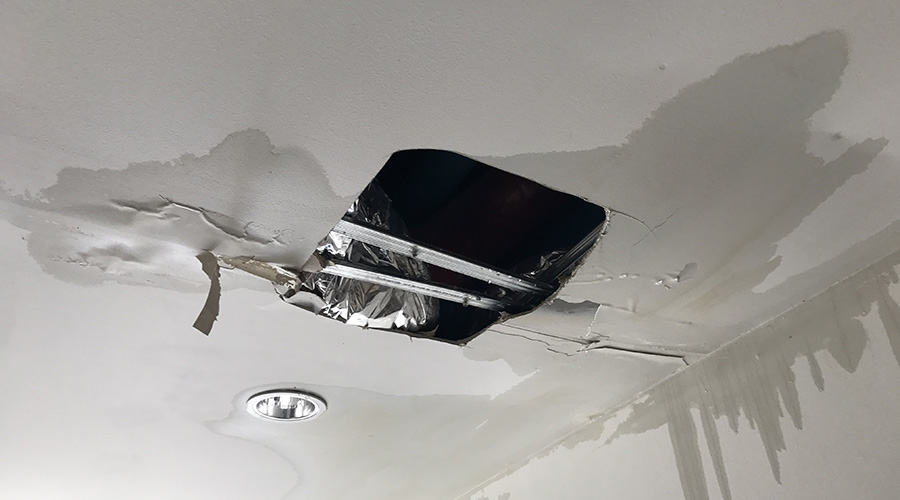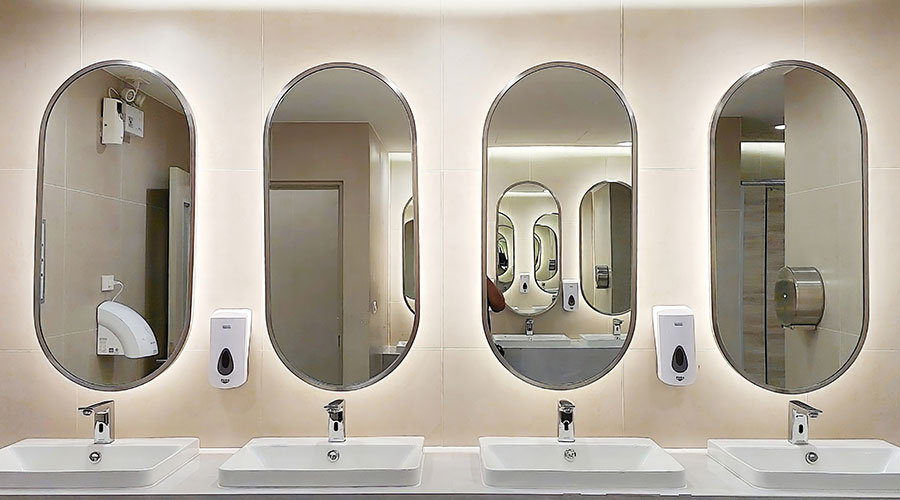Consider ADA Guidelines in Restroom Retrofits
Managers must consider Americans with Disabilities Act (ADA) guidelines when retrofitting restrooms. Accessibility needs differ from state to state, so managers must make wise choices based on a specific facility's preferences.
"While there is not a rule of thumb that will apply to every facility, there are some guidelines and resources that facility managers should be aware of," Motherwell says.
"Toilet stalls and open spaces must be large enough to provide easy access for students in wheelchairs or on crutches. Clearance under partition doors and lavatories is also important.
"Generally, one ADA-compliant sink, toilet stall and urinal is required for each restroom. All new common or public use washrooms must be accessible (for people with disabilities). Maximizing functionality should be a priority, as well as space allocation."
Managers also should keep up with changes in ADA compliance when specifying products.
"It's a little bit of a moving target, because it gets updated and refreshed," Boatwalla says. "As we learn more about people with disabilities, and we learn how they behave, a facility manager has to keep up with the code changes. Working with people who can guide you on the code is very important, and from a product perspective, picking the right one for the right application will add a lot of value in being ADA compliant."
Related Topics:













